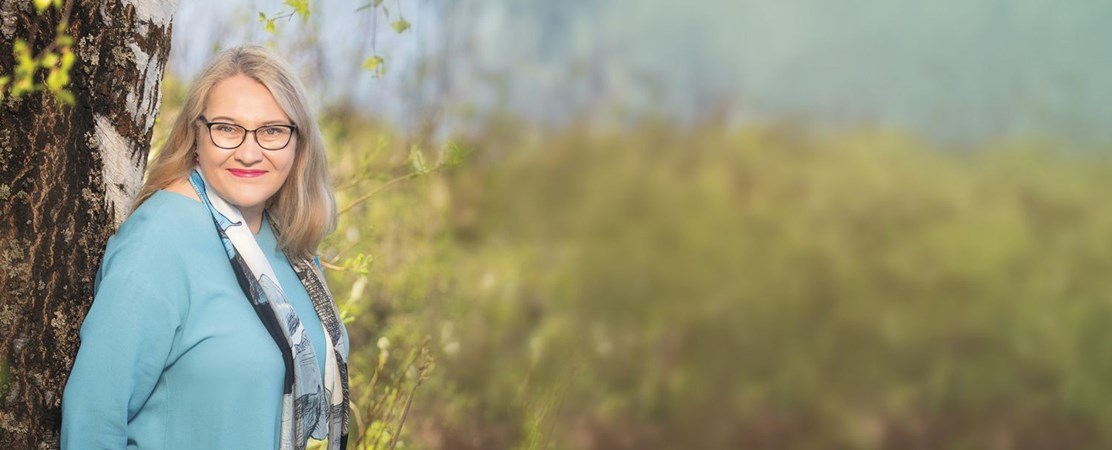Editorial: 20 Years of UArctic

By Outi Snellman, Vice-President Organization, UArctic
This year marks twenty years since the birth of the idea of the University of the Arctic, and the beginning of the process that created it.
The initial thought was to link shared infrastructure and have joint education programs between a handful of organizations in the Circumpolar North. Nobody could have imagined that in twenty years since the idea, and sixteen years after its launch, UArctic would have grown into a huge membership organization with almost 200 members in nearly twenty countries, and activities in over forty Thematic Networks.
The idea of UArctic did not arise from nowhere. It was made possible by a pivotal moment ten years earlier: a speech in Murmansk by Mikhail Gorbachev. In October 1987, he called for the Arctic to be a region of peace and cooperation. Even in the last years of the Cold War, the governments of the eight Arctic states as well as scientists and universities had been looking for ways to cooperate across the borders in the Arctic region. The Murmansk Speech opened the door to the possibility of real Arctic cooperation.
As we celebrate the twenty years since the idea of UArctic in this magazine, we wish to recognize and pay tribute to the various organizations and individuals that took the concept and worked to establish the Arctic as a zone of peace through education and research. The AEPS, CUA, AMAP, IASC, IASSA and ACUNS formed the alphabet soup of circumpolar cooperation, and each has had a strong role in the creation of UArctic.
The Arctic Council, itself an outcome of the Arctic Environmental Protection Strategy process, provided the cooperative framework that created UArctic. This year Finland becomes the chair of the Arctic Council and has chosen to implement one of the priorities of its chairmanship program – education – together with UArctic. UArctic has a strong role to play in ensuring that the Arctic can continue to be a region of peace and cooperation.
I vividly remember receiving a phone call from the UK to our summer cottage in Finnish Lapland in the summer of 1997. It was Professor Bill Heal from the University of Edinburgh. He had been invited by the Arctic governments to develop the idea for an “Arctic university.” He was extremely enthusiastic about it in both content and structure, but did not quite know how to proceed technically. Someone had told him that perhaps he should call me for advice. I am so glad that I had the good sense to answer that call; I would not have missed this ride for anything.
As an investment in human capacity, education is the key component in any effort to create a sustainable future for the North and the globe. UArctic was supposed to have been impossible – some would say the same about peace. Today, most would agree on the need for both.
